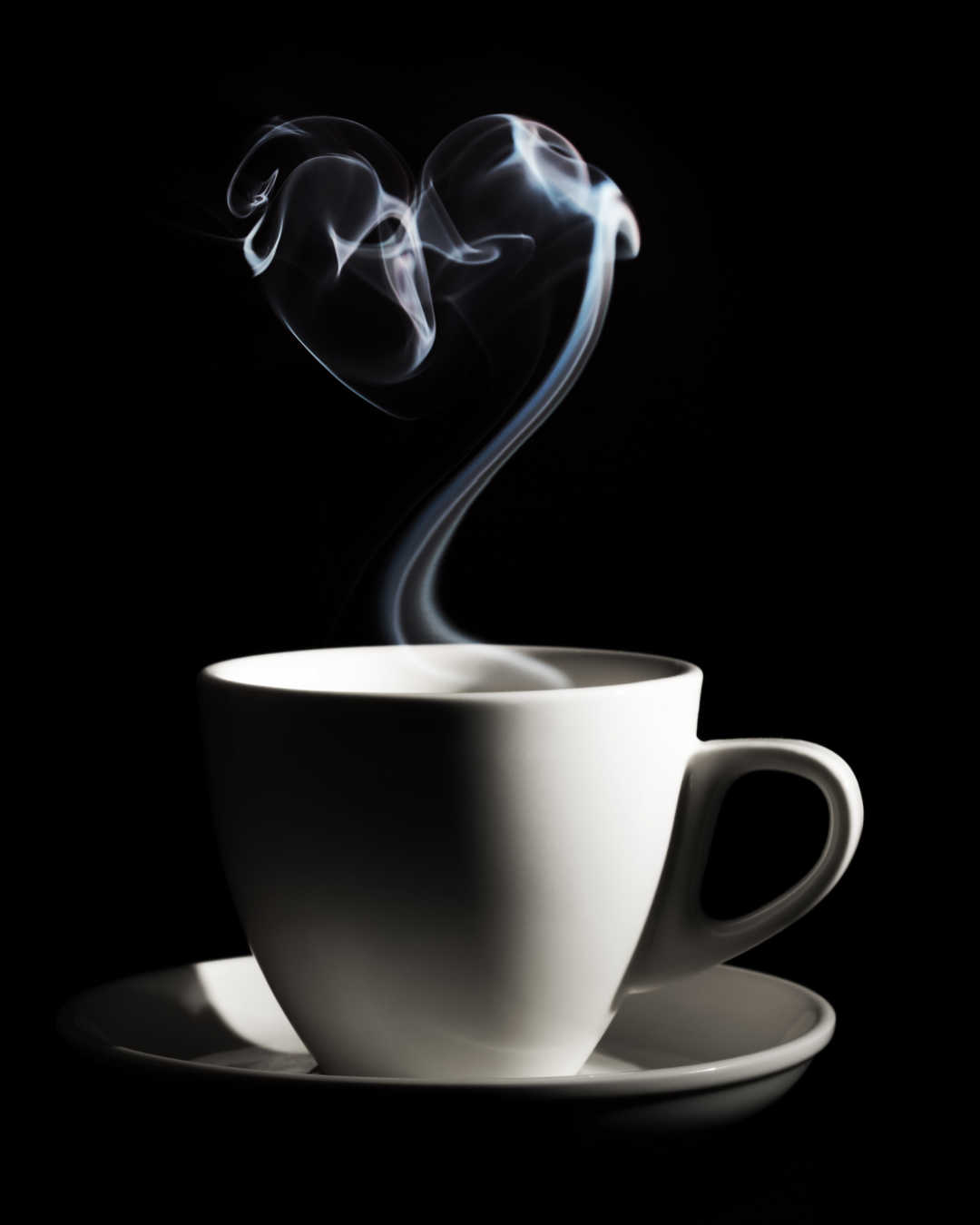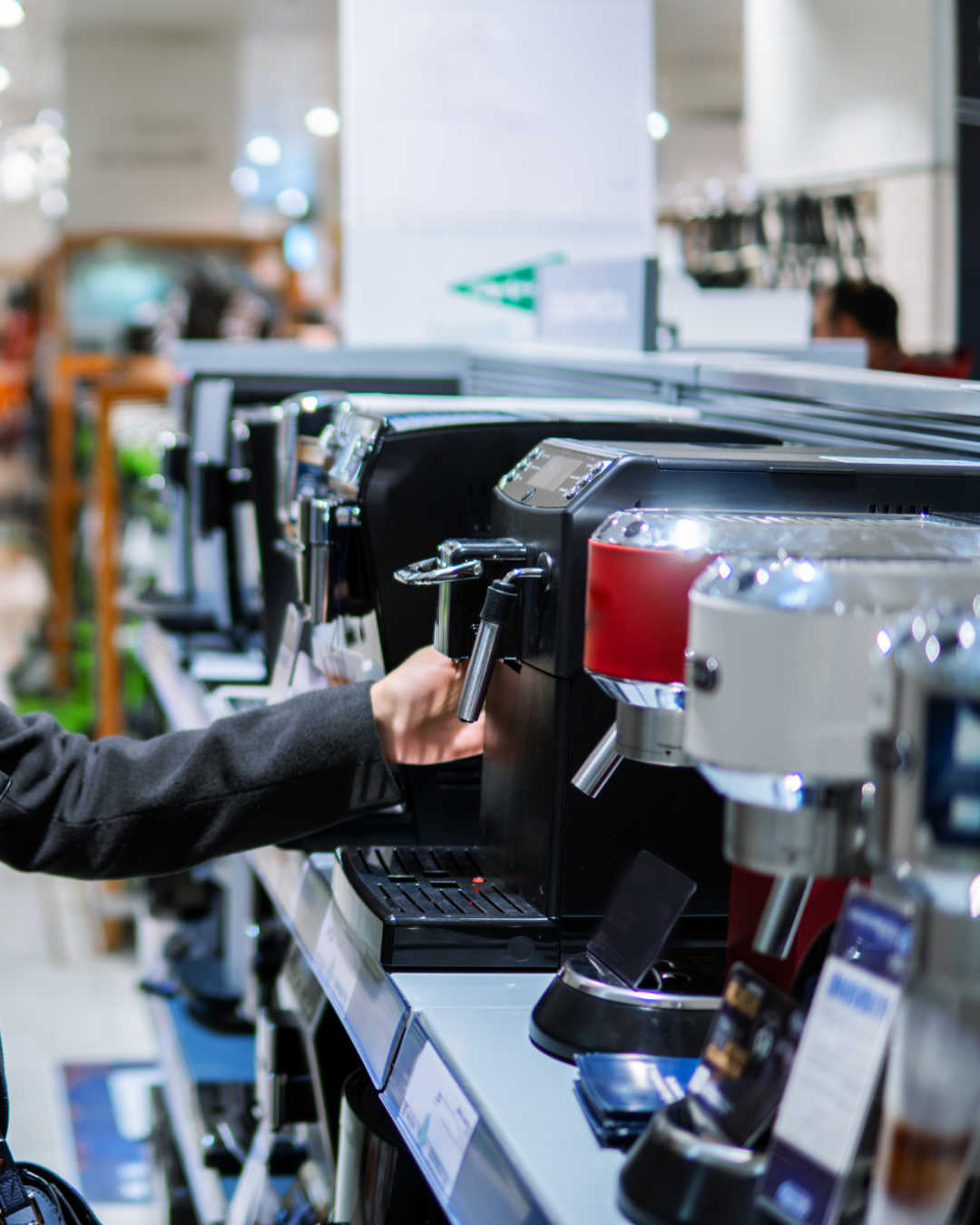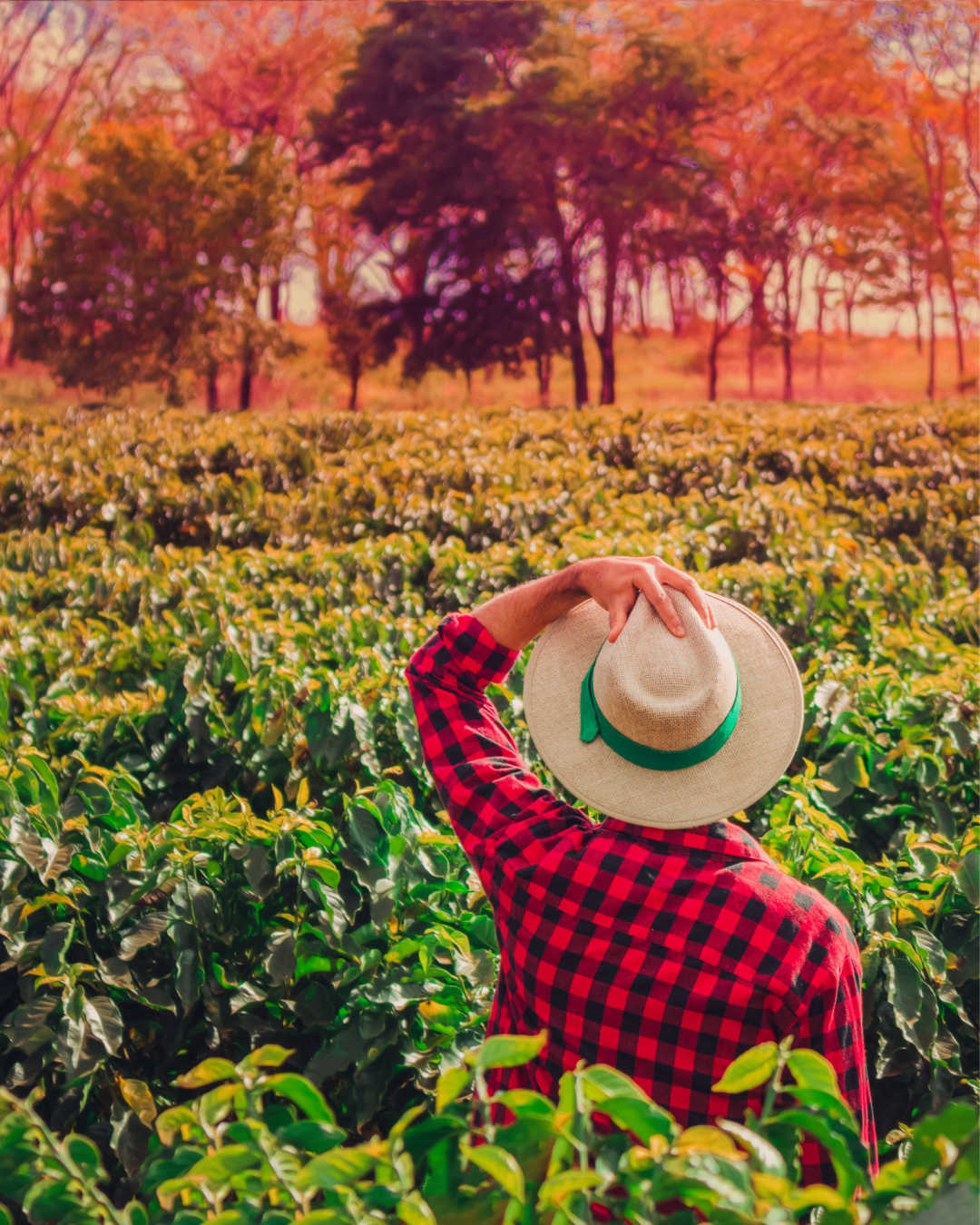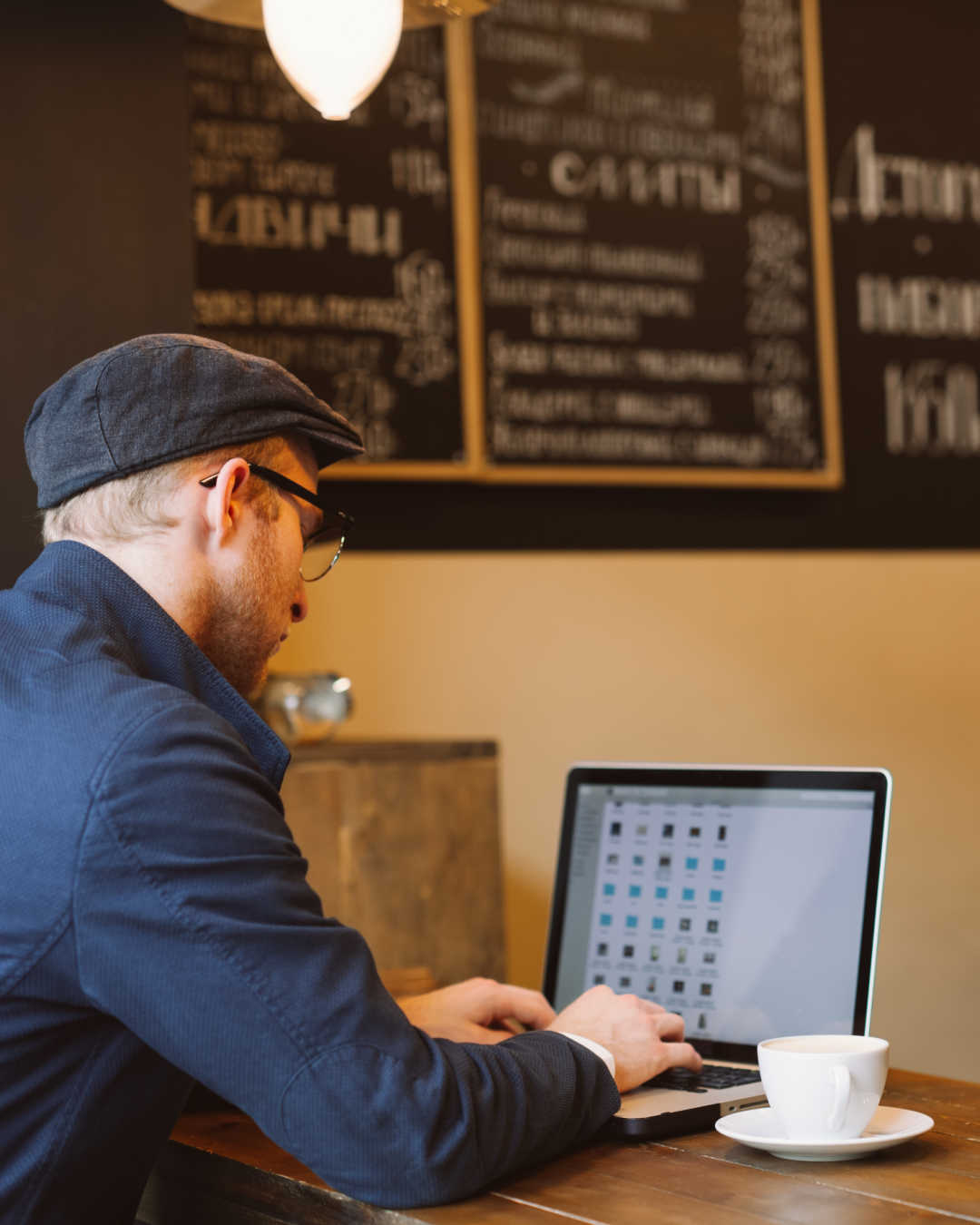
Caffeine levels vary widely across coffee types, serving sizes, and brewing methods, but generally range from less than 100 mg to about 200 mg per serving. The recommended caffeine limit is about 400 mg per day for most adults.
Key Takeaways
- Caffeine levels vary widely across coffee types, serving sizes, and brewing methods—cold brew often has the most per serving.
- Factors like water temperature, grind size, and brew time impact caffeine extraction.
- Arabica beans have less caffeine than Robusta; lighter roasts often contain slightly more caffeine than dark ones.
- Specialty drinks vary significantly in caffeine content depending on ingredients and preparation.
- Individual caffeine sensitivity, tracking intake, and adjusting consumption can help avoid negative effects.
- The recommended caffeine limit is about 400 mg per day for most adults.
Understanding caffeine content is important for coffee drinkers. It’s not just about enjoying that morning brew; it’s also about being aware of how caffeine affects your body and mind. Caffeine blocks adenosine receptors, keeping you alert and awake. But too much can lead to jitters or anxiety.
Caffeine Content Comparison: From Espresso to Cold Brew
When it comes to caffeine content, not all coffee is created equal. Understanding the differences in caffeine levels among various coffee preparations can dramatically influence your daily brew choice.
Here’s a quick look at some popular coffee types and their caffeine content per standard serving:
- Espresso: A shot (about 1 ounce) typically contains around 63 mg of caffeine.
- Drip Coffee: A standard 8-ounce cup usually packs a punch with about 95-200 mg of caffeine, depending on brewing time and method.
- Pour-Over: Similar to drip coffee, an 8-ounce serving can vary widely, averaging around 120 mg.
- Cold Brew: This refreshing option tends to have the most caffeine, averaging around 200 mg per 12 ounces due to the long steeping process.
Importance of Serving Size
Serving size plays a crucial role in caffeine consumption. A single espresso shot might seem low in caffeine compared to a full cup of drip coffee. However, if you’re sipping multiple shots or larger servings of cold brew, those numbers can quickly add up!
Surprising Facts About Caffeine Levels
You might be surprised to learn that some coffee drinks marketed as “milder” can actually pack more caffeine than a traditional espresso. For instance, a tall cold brew might hold more caffeine than a double espresso shot!
Brewing Methods and Their Impact on Caffeine

The coffee brewing method you choose can significantly affect caffeine extraction. Different techniques yield varying amounts of caffeine, which means your favorite brew might pack more—or less—of a punch than you think.
The Extraction Process
Caffeine extraction relies on several factors, including water temperature, grind size, and brewing time.
- Water Temperature: Hotter water extracts caffeine more efficiently. For instance, brewing with boiling water (around 200°F) can pull out more caffeine compared to cooler brewing methods.
- Grind Size: Finer grinds expose more surface area to the water, leading to higher caffeine extraction. If you’re using a coarse grind, expect a milder caffeine kick.
- Brewing Time: Longer brewing times generally result in a stronger cup. Cold brew, for example, involves steeping coffee grounds for 12-24 hours, allowing for maximum caffeine extraction.
The Cold Brew Exception
Cold brew is an interesting case in the caffeine discussion. Despite being brewed with cold water, its lengthy steeping process helps extract a high caffeine concentration. A typical serving can contain upwards of 200 mg of caffeine, making it one of the strongest options available.
Understanding these brewing nuances not only enhances your coffee appreciation but also helps you tailor your caffeine intake to suit your needs. As we delve deeper into the world of coffee, exploring bean varieties will reveal even more surprising insights about caffeine content.
Coffee Bean Varieties and Their Caffeine Differences

When it comes to the caffeine content of coffee, not all beans are created equal. The two main varieties that dominate the coffee world are Arabica and Robusta, each with distinct characteristics and caffeine levels.
Arabica vs. Robusta
Arabica beans tend to have a smoother, sweeter flavor profile and contain less caffeine than their Robusta counterparts. On average, Arabica boasts about 1.2% to 1.5% caffeine by weight, while Robusta can contain 2% to 2.7%. This difference in caffeine content is one reason why Robusta is often seen as stronger and more bitter.
Roasting
Many coffee lovers believe that dark roast coffee contains more caffeine due to its bold flavor. However, this is a common misconception. The roasting process actually reduces caffeine content slightly, making lighter roasts sometimes higher in caffeine when compared by volume. So, if you’re looking for a caffeine kick, choosing a lighter roast might surprise you!
Growing Conditions and Their Impact
Caffeine levels in coffee beans can also be influenced by where they are grown. Factors such as altitude, climate, and soil quality play a role in determining caffeine concentrations. Beans grown at higher altitudes often produce lower yields but may have higher caffeine levels, as the plant produces more caffeine to protect itself from pests.
Specialty Coffee Drinks: Caffeine Content Revealed

When you step into your favorite coffee shop, the menu is often a delightful maze of specialty drinks. But how much caffeine is actually packed into those tasty concoctions? Let’s break it down.
Popular Coffee Shop Beverages
- Caffe Latte: Typically made with one shot of espresso and steamed milk, a standard caffe latte has about 63 mg of caffeine. However, ordering a larger size or an extra shot can significantly boost that number.
- Cappuccino: Similar to a latte but with more foam, a cappuccino also starts with a single shot of espresso, maintaining roughly 63 mg of caffeine.
- Iced Coffee: This refreshing option can range widely based on brewing method and dilution from ice. A regular iced coffee might offer around 120 mg per 12 oz serving, depending on how concentrated the brew is.
- Frappuccino: These creamy blended drinks vary greatly in caffeine content. A typical coffee Frappuccino can have anywhere from 70 mg to 150 mg, depending on the blend and size.
Additions Impacting Caffeine Concentration
Milk, syrups, and ice can dilute the caffeine concentration in your drink. For instance, adding flavored syrups may increase the overall volume without adding much caffeine, while using whole milk could provide a richer taste without a caffeine bump.
Dessert Drinks
Coffee-based desserts like mochas or affogatos can be deceiving. While they combine coffee with sweet elements, a mocha typically contains about 90 mg of caffeine, due to the inclusion of chocolate, which can add another layer of flavor without drastically increasing caffeine levels.
Understanding these nuances allows you to make informed choices about your daily brew, ensuring you enjoy your coffee just the way you like it, while keeping an eye on your caffeine intake. As we explore further, we’ll delve into health considerations and help you find that perfect caffeine sweet spot for your lifestyle.
The Science of Caffeine
Caffeine is more than just a morning pick-me-up; it’s a fascinating compound that interacts with your body in unique ways. When you sip that steaming cup of coffee, caffeine rushes into your bloodstream and sets off a series of reactions, primarily by blocking adenosine receptors in the brain. Adenosine is a neurotransmitter that promotes sleep and relaxation, so when caffeine interferes with its action, you’ll likely feel more alert and awake.
The Timeline of Caffeine Effects
Once consumed, caffeine typically takes about 15 to 45 minutes to hit its peak levels in your system. You might notice an increase in energy and focus around this time. The effects can last anywhere from three to five hours, depending on various factors, including your metabolism and sensitivity to caffeine.
Individual Factors That Influence Sensitivity
Speaking of sensitivity, not everyone reacts to caffeine the same way. Individual factors like genetics, tolerance, and even hormonal fluctuations can play a significant role in how caffeine affects you. For example, some people experience jitters or anxiety after just one cup, while others may need several servings before feeling any effect.
Understanding these nuances helps you tailor your coffee consumption to fit your personal needs and enjoy the benefits without the downsides.
Health Considerations: Finding Your Caffeine Sweet Spot

Understanding how much caffeine is right for you is essential for enjoying your daily coffee without the jitters or crashes. Health organizations recommend a daily limit of about 400 mg of caffeine for most adults, which is roughly equivalent to four 8-ounce cups of brewed coffee. However, individual tolerance can vary widely.
Tracking Your Intake: Tools and Techniques
Monitoring your caffeine consumption is essential for finding that sweet spot where you can enjoy your daily brew without overdoing it. Fortunately, there are plenty of apps and methods available to help track your intake effectively.
Apps for Monitoring Caffeine Consumption
- Caffeine Tracker: This app allows you to log your coffee types and servings while providing insights into your total daily caffeine.
- MyFitnessPal: While primarily a food diary, it lets you input beverages and their caffeine content, helping you keep an eye on your overall intake.
- Coffee Caffeine Calculator: A straightforward tool that helps you calculate caffeine based on different coffee types and servings.
Reading Coffee Packaging for Caffeine Information
Understanding how to read labels is crucial. Look for:
- Total Caffeine Content: Usually listed per serving size; remember to adjust if you drink more than one cup.
- Serving Sizes: Some brands list caffeine per tablespoon or ounce, which can be misleading if you’re used to larger servings.
Tips for Gradually Adjusting Your Caffeine Intake
If you’re looking to cut back, consider these strategies:
- Reduce One Cup at a Time: If you drink four cups a day, try cutting down to three per day for a week.
- Switch to Lower-Caffeine Options: Gradually replace some of your regular coffee with decaf or half-caf blends.
- Stay Hydrated: Drinking water throughout the day can help manage cravings and reduce caffeine dependency.
Signs of Caffeine Sensitivity
Some people are more sensitive to caffeine than others. Signs of sensitivity may include:
- Jitters or restlessness
- Rapid heartbeat
- Insomnia
- Increased anxiety
If you notice these symptoms, it might be time to reevaluate your coffee consumption.
Related Post: How to Stop Coffee Jitters: 6 Quick Ways to Feel Better Fast
Adjusting Your Coffee Consumption
To find your personal caffeine sweet spot, consider the following tips:
- Gradually Reduce Intake: If you’re feeling too wired, try cutting back slowly instead of going cold turkey.
- Track Your Consumption: Keeping a journal or using an app can help you monitor how much caffeine you’re consuming.
- Experiment with Different Brews: You might find that certain types of coffee have less of an impact on you.
By being mindful of your caffeine intake and adjusting as necessary, you can savor your coffee while reaping its benefits without negative side effects.
Conclusion: Brewing Knowledge for Better Coffee Choices
Understanding caffeine content is essential for making informed coffee choices, especially with the diverse landscape of brews available today. From espresso to cold brew, caffeine levels can vary significantly based on preparation methods and bean types.
To help you enjoy your daily cup responsibly, consider these actionable tips:
- Know Your Limits: Aim for a daily caffeine intake within the recommended 400 mg for most adults.
- Choose Wisely: Be mindful of serving sizes; a small espresso might have less caffeine than a larger cup of drip coffee.
- Experiment: Try different brewing methods and bean varieties to find what suits your taste and caffeine tolerance best.
- Stay Informed: Use apps to track your caffeine consumption and read packaging labels for accurate information.
As you sip your favorite brew, remember to do so mindfully. By understanding how caffeine works and the variations across different coffees, you can cultivate a coffee experience that aligns with your health and enjoyment goals.